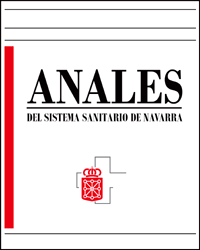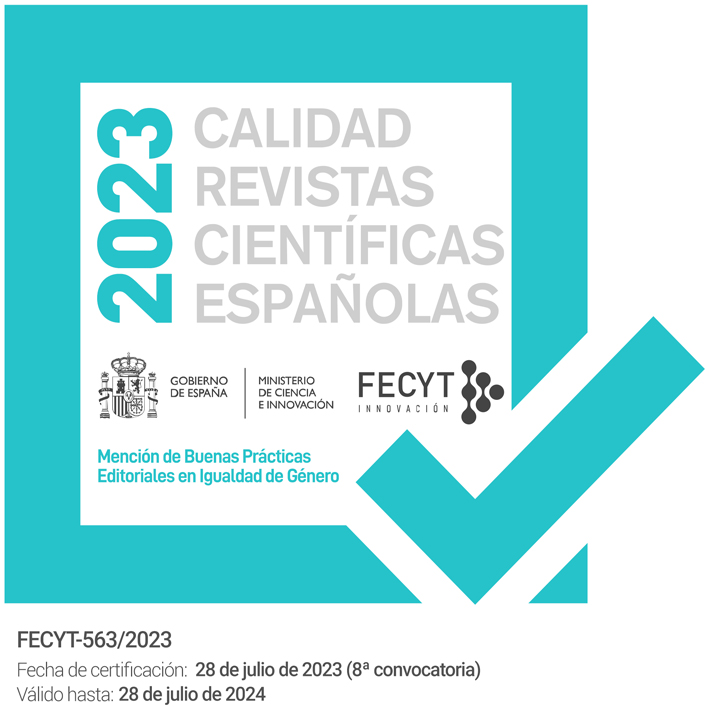Effect of birth cohort, period of diagnosis and age on cancer incidence in Navarra, 1973-1997
Keywords:
Cáncer. Tendencias temporales. Regresión de Poisson. Modelos edad-período-cohorte. Navarra. España.Abstract
Background. Population-based registers are one source of information about cancer incidence. Systematic study of its incidence in a specific population is a fundamental tool for estimating the present-day and future magnitude of cancer and provides elements for taking decisions with regard to the allocation of health resources. The aim of this article was to investigate the time trend in the incidence pattern of cancer in Navarre during the period 1973-1997, and to identify the components of age, diagnosis period and birth cohort as determinants of the time trend of cancer incidence. Methods. Descriptive study of cancer incidence through age-period-cohort models. Monitoring of dynamic cohort over 25 years. Classical incidence summarizing indicators were analysed. Log-linear Poisson models were developed to quantify cancer risk and the relative annual trend. Age-period-cohort models were adjusted in order to ascertain the effect on the time trend exerted by the respective age, diagnosis period and birth cohort components. Results. The age-standardized rate incidence for all sites –except non melanoma skin tumours– is maximum in the five-year period 1993-1997, in men: 304,1 new cases per 100,000 person-years, and in women: 190,6 new cases per 100,000 person-years. The average incidence changes for each of the 25 years of monitoring of the set data studied is 1.88% (95% CI 1.69 to 2.07) in men and 1.32% (95% CI 1.09 to 1.54) in women. The cancer increase in women is more pronounced from 35 to 64 years, a fact which should alert health authorities about the future evolution of cancer incidence in women. In the analysis of the trend components sharp increases are observed for the consecutive generations of males born in Navarre since 1900. In women, the risk associated with the year of birth increases markedly in the generations born after 1930-1940. Conclusions. There was an important increase in cancer incidence in Navarre from 1973 to 1997, in men and women. The cancer incidence pattern in Navarre does not yet show signs of stabilization.Downloads
Downloads
Published
How to Cite
Issue
Section
License
La revista Anales del Sistema Sanitario de Navarra es publicada por el Departamento de Salud del Gobierno de Navarra (España), quien conserva los derechos patrimoniales (copyright ) sobre el artículo publicado y favorece y permite la difusión del mismo bajo licencia Creative Commons Reconocimiento-CompartirIgual 4.0 Internacional (CC BY-SA 4.0). Esta licencia permite copiar, usar, difundir, transmitir y exponer públicamente el artículo, siempre que siempre que se cite la autoría y la publicación inicial en Anales del Sistema Sanitario de Navarra, y se distinga la existencia de esta licencia de uso.








